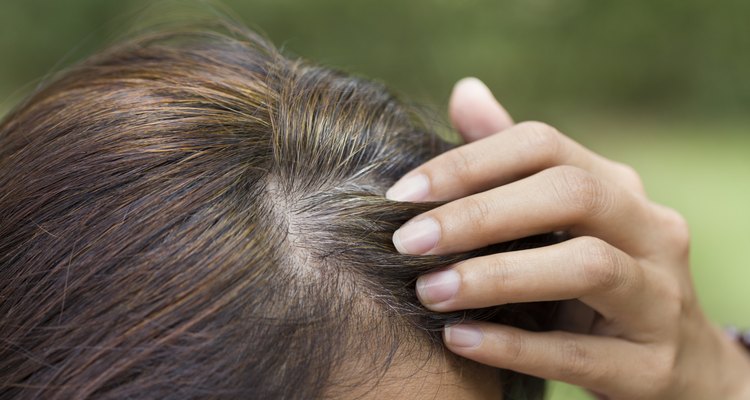
Tatomm/iStock/Getty Images
The average human head has about 100,000 hairs on it, according to Procter & Gamble's beauty and grooming research and development department. Whether blond or black, straight or curly or thick or thin, all human hair is made up of the same components.
The Facts
Human hair is made up mostly of keratin, a super strong protein also found in animal feathers, hoofs, claws and human fingernails. Hair also contains melanin, a pigment that gives hair its color, and trace amounts of vitamins, zinc and other metals. About 10 to 13 percent of hair is made up of water.
Features
Hair has three main parts. The cortex is the main body of a hair strand. It holds the cells that give hair its color. The medulla is a central core of cells that appear nearly invisible in humans. The cuticle is the outer layer of hair, a layer of overlapping cells that protects the inner layers of hair and reflects light to give hair its shiny appearance. When the cuticle is damaged, hair looks dull and rough.
Identification
It's fairly easy to distinguish human hair from animal hair. For one thing, animal hair can vary significantly in color in a single shaft, sometimes even with distinctive stripes of color in a single hair shaft, while human hair has consistent color from root to tip. Human hair generally has a club-shaped root, but the roots of animal hairs come in many different shapes.
Considerations
Although a single strand of hair looks delicate, the disulfide bonds in the hair shaft are incredibly strong. That's why chemical intervention--in the form of permanents or relaxers--is necessary to change hair's natural structure from curly to straight. The newly formed bonds aren't as strong as your hair's natural chemical bonds and will weaken over time.
Misconceptions
Hair doesn't contain oil, but the sebaceous glands in the scalp do. The sebum they produce helps lubricate your hair so that it stays shiny and healthy. During times of hormonal upheaval, such as puberty or pregnancy, the sebaceous glands can over-produce, making hair greasy.
Related Articles

Chlorella and Hair Loss

How Are Hair Colors Inherited?

The Difference Between Coarse & Curly ...

Synthetic Hair Vs. Kanekalon Hair

How to Part Cornrows Straight Back

Properties of Keratin

What Is Synthetic Hair Made Of?
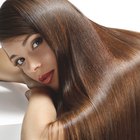
Keratin Hair Treatment Ingredients

How to Condition Hair After Using a ...

How to Trim Arm Hair on Men
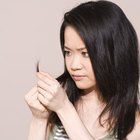
Can Vitamins Stop Hair Breaking?

Ways to Prevent Damage During Hair ...
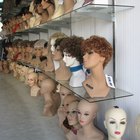
Types of Synthetic Hair
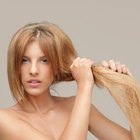
How to Get Rid of Frizzy Straight Hair

How to Take Care of Yaki Hair

Ingredients in Hairfinity Vitamins
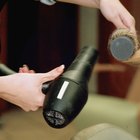
What Is a Rat Hair Piece?
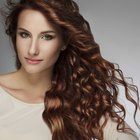
How Long Does a Hair Texturizer Last?

Dominant & Recessive Hair Colors
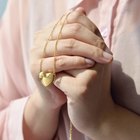
How to Put Hair in a Mourning Locket
References
Writer Bio
Holly Roberts is an award-winning health and fitness writer whose work has appeared in health, lifestyle and fitness magazines. Roberts has also worked as an editor for health association publications and medical journals. She has been a professional writer for more than 10 years and holds a B.A. in English and an M.A. in literature.
Photo Credits
Tatomm/iStock/Getty Images